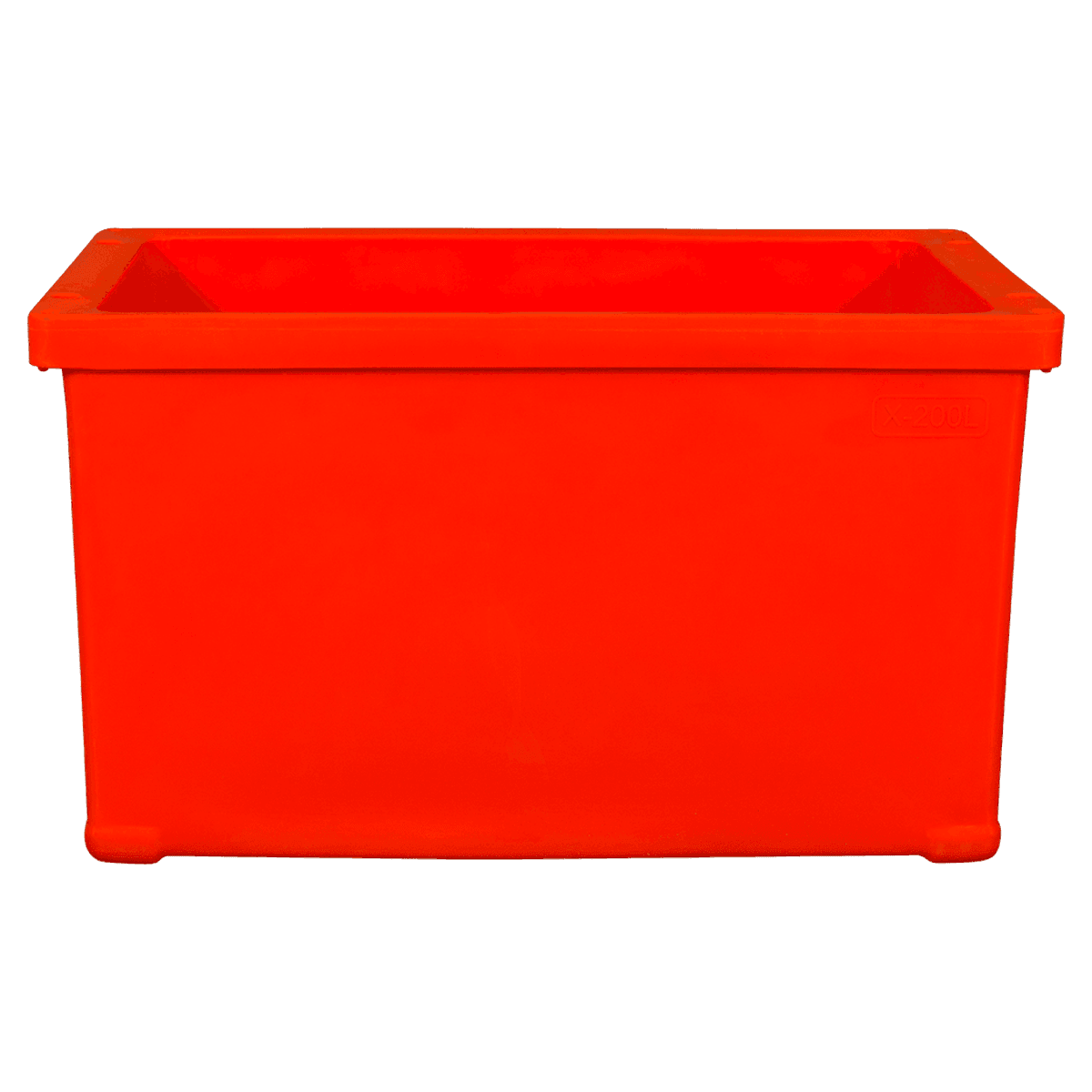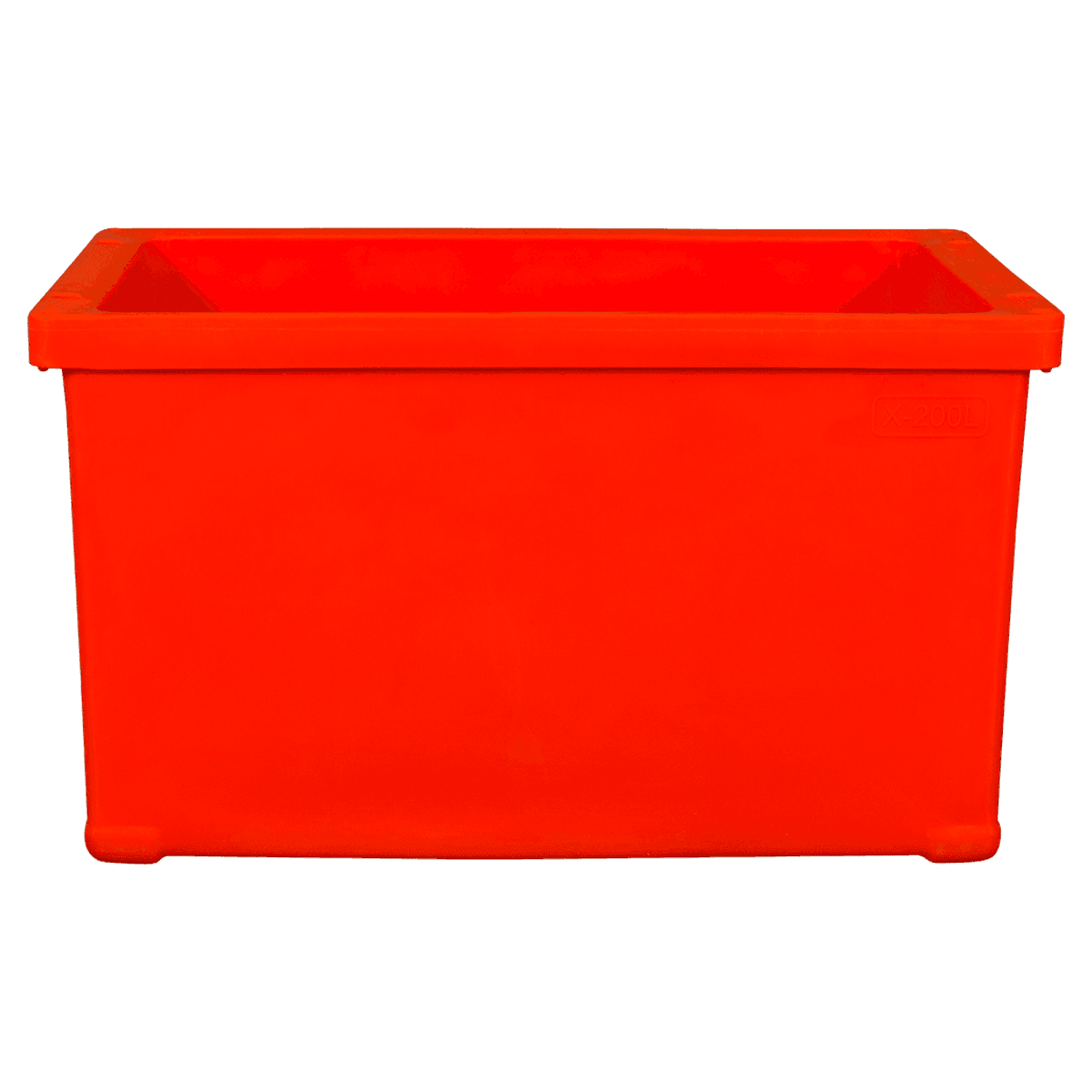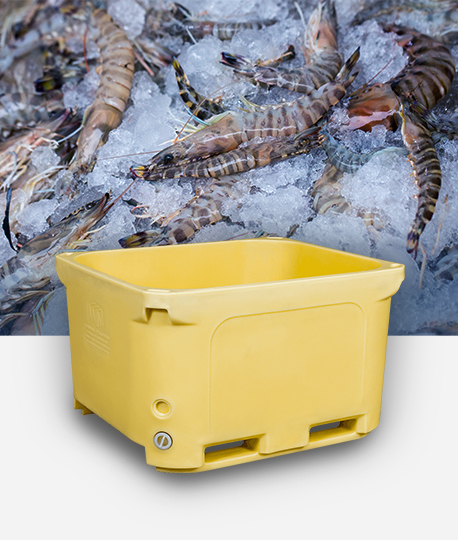In reality, many people may not have heard of cold chain boxes, but they have heard: of refrigerated incubators, cold chain incubators, refrigerators or incubators. The cold chain box is a kind of cold chain equipment, and it is also a special use of the incubator. The core of the cold chain box is "temperature", the temperature of refrigeration and freezing. According to the storage temperature of different items, the span can be from +15℃ to -50℃. The cold chain box is generally composed of several parts: the outer shell, the insulation layer, and the inner tank.
In terms of technology, there are injection molding cold chain boxes, blow molding cold chain boxes, rotomolding cold chain boxes, foaming cold chain boxes, and combined and assembled cold chain boxes. Today, I will briefly talk about the rotational molding process of seafood insulated plastic accessories.
Rotational molding, also known as rotational molding, rotational molding, rotary molding, etc., is a thermoplastic hollow molding method. The method is to first add plastic raw materials into the mold, then the mold is continuously rotated along two vertical axes and heated, and the plastic raw materials in the mold are gradually and uniformly coated and melted and adhered to the mold cavity under the action of gravity and thermal energy. On the entire surface, it is formed into the desired shape and then cooled to form a product.
The basic process of rotational molding is very simple, which is to put powder or liquid polymer in a mold, heat it, while the mold rotates and revolves around a vertical axis, and then cools and molds. At the beginning of the heating stage, if a powdered material is used, a porous layer is first formed on the surface of the mold, and then gradually melts with the circulation process, and finally, a homogeneous layer of uniform thickness is formed; if a liquid material is used, first flow and It coats the mold surface and stops flowing completely when the gel point is reached. The mold is then transferred to the cooling station, cooled by forced ventilation or water spray, and then placed in the work area, where the mold is opened and the finished part is removed, followed by the next cycle.
I hope this content is helpful to you. If you want to know more seafood industrial use plastic containers for the seafood industry, please continue to pay attention to us.


 English
English Español
Español عربى
عربى 中文简体
中文简体
-4.png)
-4.png)
-2.png)

-2.png)
-2.png)




